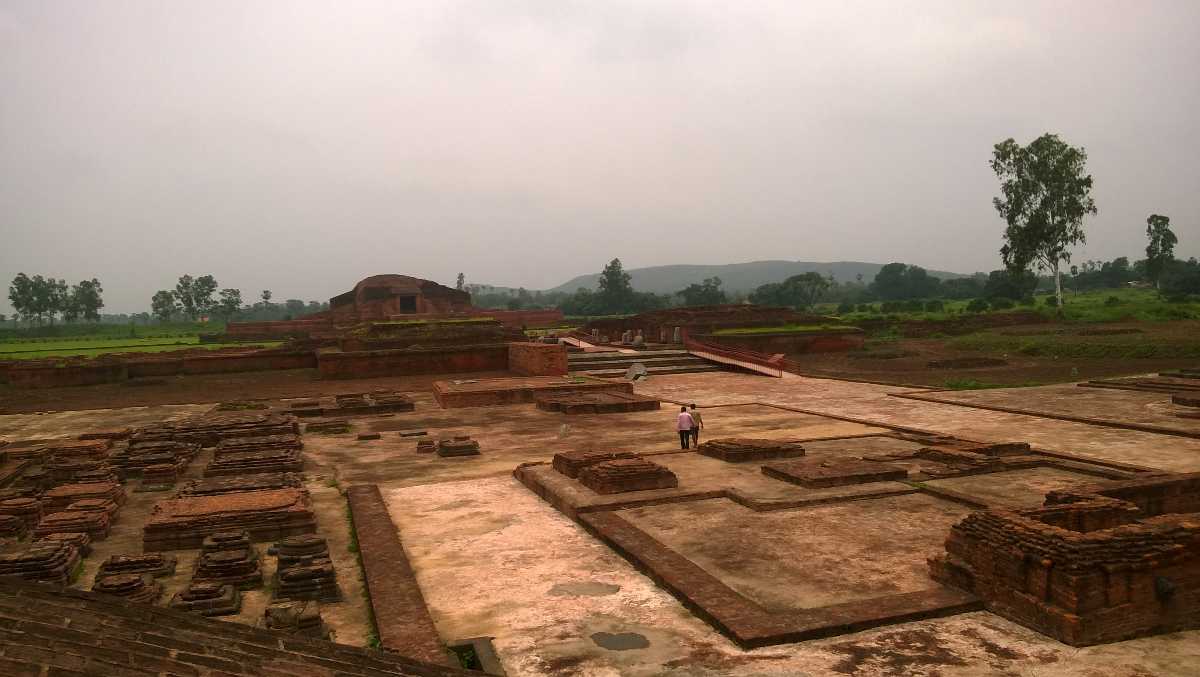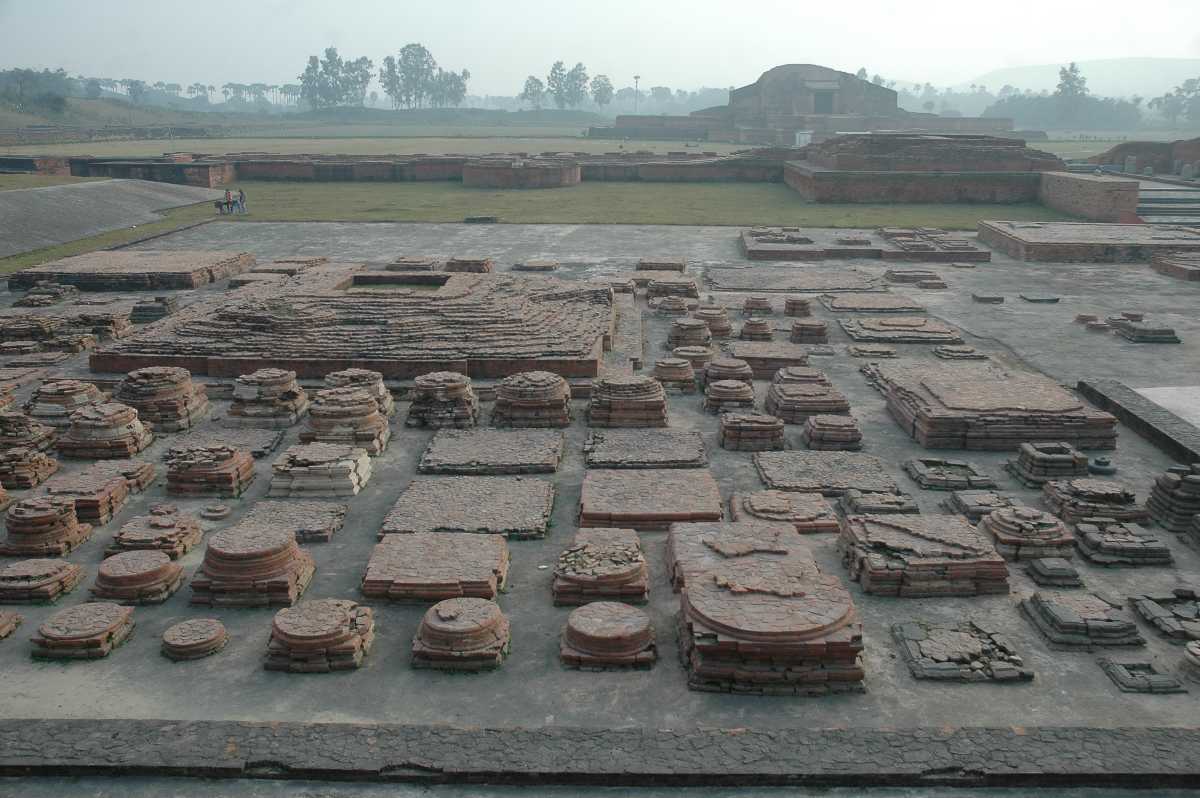Vikramshila
Tags : Buddhist Temple
Time Required : 3-4 hours
Vikramshila, Bhagalpur Overview
Known to be one of the most prominent Buddhist learning centres during the Pala Empire, Vikramshila was established as a measure when the quality of education at Nalanda started declining. Found by the Pala King Dharmapala sometime between the 8th and 9th century, Vikramshila was a part of the network of the five important learning centres of the era, and it was home to more than 100 teachers and 1000 students.
Information on the Vikramshila is mostly found in Tibetan writings of Taranatha, a Tibetan Monk of the 16th and 17t century. The subjects taught in the centre included philosophy, Metaphysics, Grammar, Indian Logic, Tantrism, etc. One of the most famous Scholars of Vikramshila is the abbot Atisha Dipankara who also found the Sarma traditions in Tibetan Buddhism. Vikramshila prospered and taught its students for more than four centuries since its establishment. Vikramshila’s prosperity came to an end when Bakhtiyar Khilji destroyed it in the year 1193 along with the other Buddhist centers.
Read More on Vikramshila
Ruins of Vikramshala

Source

Source
All the articles unearthed and acquired from the excavation of Vikramshila had been maintained by the Archeological Survey of India (ASI) in a Museum on the excavation site. The ASI has been trying to develop the site in a hope to restore a fraction of the former glory of Vikramshila. Vikramshila Mahotsav, a cultural fest is held on the site every year during February. As recognition of Importance, the Indian Railway has named a train running from Delhi to Bhagalpur as Vikramshila Express.
